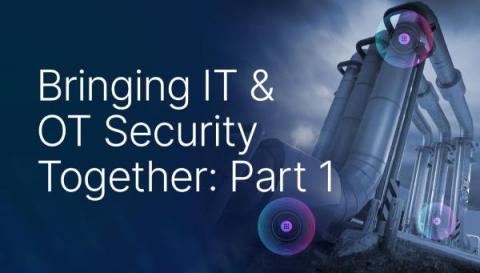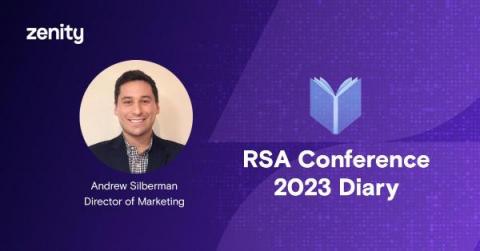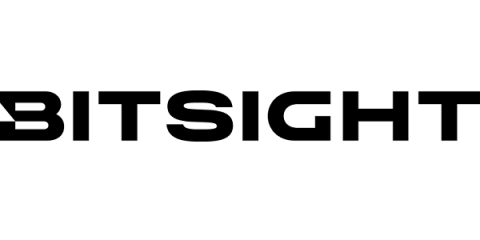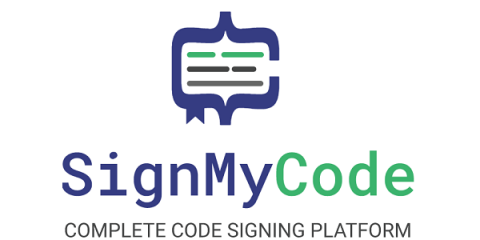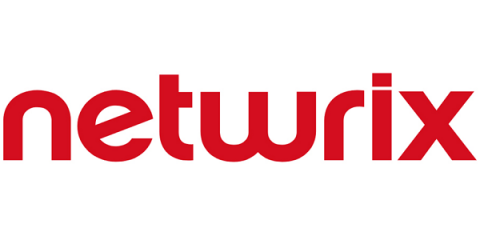Bringing IT & OT Security Together: Part 1
Many enterprises in verticals such as power and energy, oil and gas, healthcare, and manufacturing have been playing catch up over the past decade in terms of securing their operational technology (OT) networks against cyberattacks. For years, industrial asset owners didn’t consider their OT environment to be a significant security risk.


